Yifei Yang
Toward Embodiment Equivariant Vision-Language-Action Policy
Sep 18, 2025Abstract:Vision-language-action policies learn manipulation skills across tasks, environments and embodiments through large-scale pre-training. However, their ability to generalize to novel robot configurations remains limited. Most approaches emphasize model size, dataset scale and diversity while paying less attention to the design of action spaces. This leads to the configuration generalization problem, which requires costly adaptation. We address this challenge by formulating cross-embodiment pre-training as designing policies equivariant to embodiment configuration transformations. Building on this principle, we propose a framework that (i) establishes a embodiment equivariance theory for action space and policy design, (ii) introduces an action decoder that enforces configuration equivariance, and (iii) incorporates a geometry-aware network architecture to enhance embodiment-agnostic spatial reasoning. Extensive experiments in both simulation and real-world settings demonstrate that our approach improves pre-training effectiveness and enables efficient fine-tuning on novel robot embodiments. Our code is available at https://github.com/hhcaz/e2vla
TOP: Time Optimization Policy for Stable and Accurate Standing Manipulation with Humanoid Robots
Aug 01, 2025Abstract:Humanoid robots have the potential capability to perform a diverse range of manipulation tasks, but this is based on a robust and precise standing controller. Existing methods are either ill-suited to precisely control high-dimensional upper-body joints, or difficult to ensure both robustness and accuracy, especially when upper-body motions are fast. This paper proposes a novel time optimization policy (TOP), to train a standing manipulation control model that ensures balance, precision, and time efficiency simultaneously, with the idea of adjusting the time trajectory of upper-body motions but not only strengthening the disturbance resistance of the lower-body. Our approach consists of three parts. Firstly, we utilize motion prior to represent upper-body motions to enhance the coordination ability between the upper and lower-body by training a variational autoencoder (VAE). Then we decouple the whole-body control into an upper-body PD controller for precision and a lower-body RL controller to enhance robust stability. Finally, we train TOP method in conjunction with the decoupled controller and VAE to reduce the balance burden resulting from fast upper-body motions that would destabilize the robot and exceed the capabilities of the lower-body RL policy. The effectiveness of the proposed approach is evaluated via both simulation and real world experiments, which demonstrate the superiority on standing manipulation tasks stably and accurately. The project page can be found at https://anonymous.4open.science/w/top-258F/.
Disambiguate Gripper State in Grasp-Based Tasks: Pseudo-Tactile as Feedback Enables Pure Simulation Learning
Mar 31, 2025Abstract:Grasp-based manipulation tasks are fundamental to robots interacting with their environments, yet gripper state ambiguity significantly reduces the robustness of imitation learning policies for these tasks. Data-driven solutions face the challenge of high real-world data costs, while simulation data, despite its low costs, is limited by the sim-to-real gap. We identify the root cause of gripper state ambiguity as the lack of tactile feedback. To address this, we propose a novel approach employing pseudo-tactile as feedback, inspired by the idea of using a force-controlled gripper as a tactile sensor. This method enhances policy robustness without additional data collection and hardware involvement, while providing a noise-free binary gripper state observation for the policy and thus facilitating pure simulation learning to unleash the power of simulation. Experimental results across three real-world grasp-based tasks demonstrate the necessity, effectiveness, and efficiency of our approach.
Efficient Alignment of Unconditioned Action Prior for Language-conditioned Pick and Place in Clutter
Mar 12, 2025Abstract:We study the task of language-conditioned pick and place in clutter, where a robot should grasp a target object in open clutter and move it to a specified place. Some approaches learn end-to-end policies with features from vision foundation models, requiring large datasets. Others combine foundation models in a zero-shot setting, suffering from cascading errors. In addition, they primarily leverage vision and language foundation models, focusing less on action priors. In this paper, we aim to develop an effective policy by integrating foundation priors from vision, language, and action. We propose A$^2$, an action prior alignment method that aligns unconditioned action priors with 3D vision-language priors by learning one attention layer. The alignment formulation enables our policy to train with less data and preserve zero-shot generalization capabilities. We show that a shared policy for both pick and place actions enhances the performance for each task, and introduce a policy adaptation scheme to accommodate the multi-modal nature of actions. Extensive experiments in simulation and the real-world show that our policy achieves higher task success rates with fewer steps for both pick and place tasks in clutter, effectively generalizing to unseen objects and language instructions.
LESA: Learnable LLM Layer Scaling-Up
Feb 19, 2025Abstract:Training Large Language Models (LLMs) from scratch requires immense computational resources, making it prohibitively expensive. Model scaling-up offers a promising solution by leveraging the parameters of smaller models to create larger ones. However, existing depth scaling-up methods rely on empirical heuristic rules for layer duplication, which result in poorer initialization and slower convergence during continual pre-training. We propose \textbf{LESA}, a novel learnable method for depth scaling-up. By concatenating parameters from each layer and applying Singular Value Decomposition, we uncover latent patterns between layers, suggesting that inter-layer parameters can be learned. LESA uses a neural network to predict the parameters inserted between adjacent layers, enabling better initialization and faster training. Experiments show that LESA outperforms existing baselines, achieving superior performance with less than half the computational cost during continual pre-training. Extensive analyses demonstrate its effectiveness across different model sizes and tasks.
KVSharer: Efficient Inference via Layer-Wise Dissimilar KV Cache Sharing
Oct 24, 2024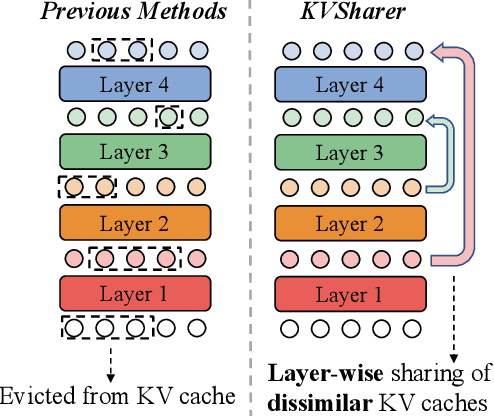
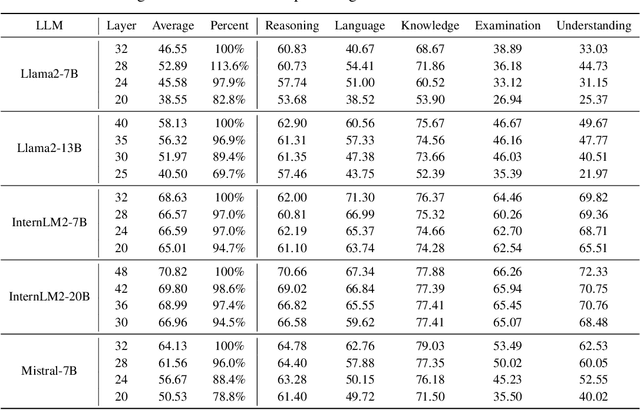

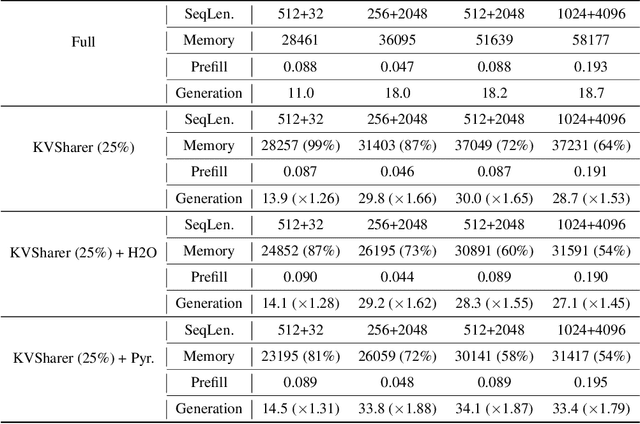
Abstract:The development of large language models (LLMs) has significantly expanded model sizes, resulting in substantial GPU memory requirements during inference. The key and value storage of the attention map in the KV (key-value) cache accounts for more than 80\% of this memory consumption. Nowadays, most existing KV cache compression methods focus on intra-layer compression within a single Transformer layer but few works consider layer-wise compression. In this paper, we propose a plug-and-play method called \textit{KVSharer}, which shares the KV cache between layers to achieve layer-wise compression. Rather than intuitively sharing based on higher similarity, we discover a counterintuitive phenomenon: sharing dissimilar KV caches better preserves the model performance. Experiments show that \textit{KVSharer} can reduce KV cache computation by 30\%, thereby lowering memory consumption without significantly impacting model performance and it can also achieve at least 1.3 times generation acceleration. Additionally, we verify that \textit{KVSharer} is compatible with existing intra-layer KV cache compression methods, and combining both can further save memory.
Lagrangian Motion Fields for Long-term Motion Generation
Sep 03, 2024



Abstract:Long-term motion generation is a challenging task that requires producing coherent and realistic sequences over extended durations. Current methods primarily rely on framewise motion representations, which capture only static spatial details and overlook temporal dynamics. This approach leads to significant redundancy across the temporal dimension, complicating the generation of effective long-term motion. To overcome these limitations, we introduce the novel concept of Lagrangian Motion Fields, specifically designed for long-term motion generation. By treating each joint as a Lagrangian particle with uniform velocity over short intervals, our approach condenses motion representations into a series of "supermotions" (analogous to superpixels). This method seamlessly integrates static spatial information with interpretable temporal dynamics, transcending the limitations of existing network architectures and motion sequence content types. Our solution is versatile and lightweight, eliminating the need for neural network preprocessing. Our approach excels in tasks such as long-term music-to-dance generation and text-to-motion generation, offering enhanced efficiency, superior generation quality, and greater diversity compared to existing methods. Additionally, the adaptability of Lagrangian Motion Fields extends to applications like infinite motion looping and fine-grained controlled motion generation, highlighting its broad utility. Video demonstrations are available at \url{https://plyfager.github.io/LaMoG}.
Nothing in Excess: Mitigating the Exaggerated Safety for LLMs via Safety-Conscious Activation Steering
Aug 21, 2024Abstract:Safety alignment is indispensable for Large language models (LLMs) to defend threats from malicious instructions. However, recent researches reveal safety-aligned LLMs prone to reject benign queries due to the exaggerated safety issue, limiting their helpfulness. In this paper, we propose a Safety-Conscious Activation Steering (SCANS) method to mitigate the exaggerated safety concerns in aligned LLMs. First, SCANS extracts the refusal steering vectors within the activation space and utilizes vocabulary projection to anchor some specific safety-critical layers which influence model refusal behavior. Second, by tracking the hidden state transition, SCANS identifies the steering direction and steers the model behavior accordingly, achieving a balance between exaggerated safety and adequate safety. Experiments show that SCANS achieves new state-of-the-art performance on XSTest and OKTest benchmarks, without impairing their defense capability against harmful queries and maintaining almost unchanged model capability.
BatGPT-Chem: A Foundation Large Model For Retrosynthesis Prediction
Aug 19, 2024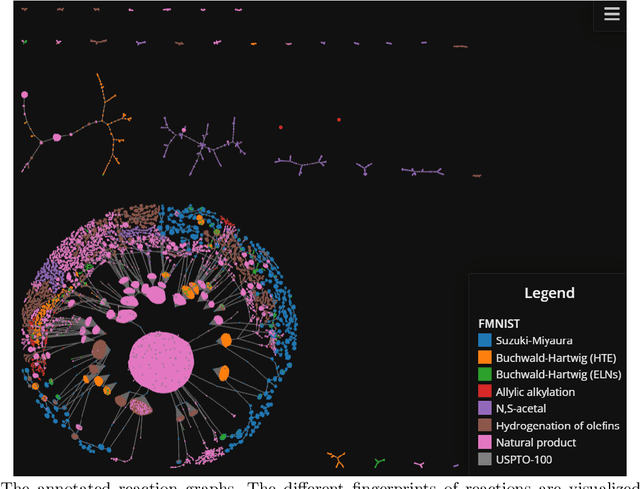

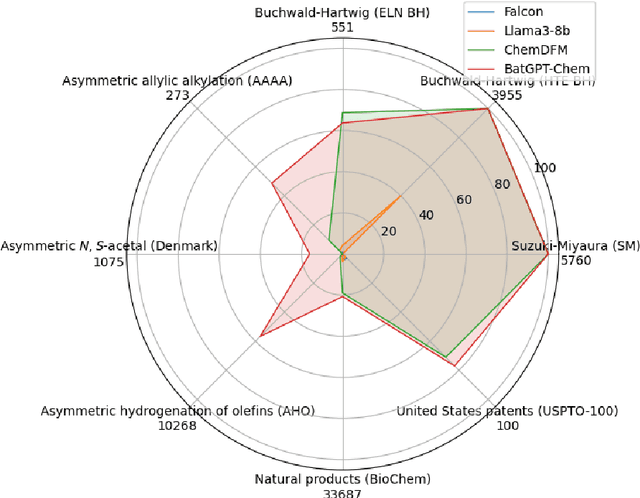

Abstract:Retrosynthesis analysis is pivotal yet challenging in drug discovery and organic chemistry. Despite the proliferation of computational tools over the past decade, AI-based systems often fall short in generalizing across diverse reaction types and exploring alternative synthetic pathways. This paper presents BatGPT-Chem, a large language model with 15 billion parameters, tailored for enhanced retrosynthesis prediction. Integrating chemical tasks via a unified framework of natural language and SMILES notation, this approach synthesizes extensive instructional data from an expansive chemical database. Employing both autoregressive and bidirectional training techniques across over one hundred million instances, BatGPT-Chem captures a broad spectrum of chemical knowledge, enabling precise prediction of reaction conditions and exhibiting strong zero-shot capabilities. Superior to existing AI methods, our model demonstrates significant advancements in generating effective strategies for complex molecules, as validated by stringent benchmark tests. BatGPT-Chem not only boosts the efficiency and creativity of retrosynthetic analysis but also establishes a new standard for computational tools in synthetic design. This development empowers chemists to adeptly address the synthesis of novel compounds, potentially expediting the innovation cycle in drug manufacturing and materials science. We release our trial platform at \url{https://www.batgpt.net/dapp/chem}.
Improving Hyperbolic Representations via Gromov-Wasserstein Regularization
Jul 15, 2024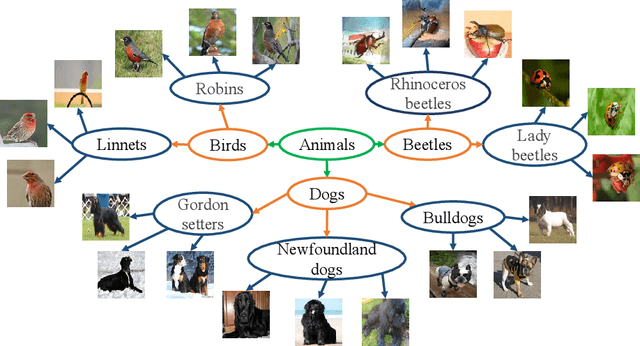

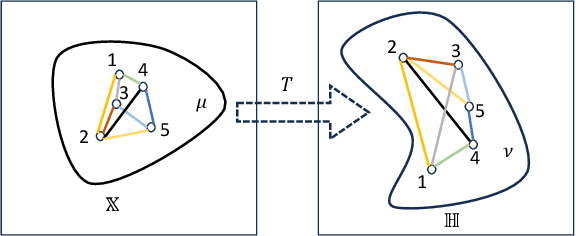
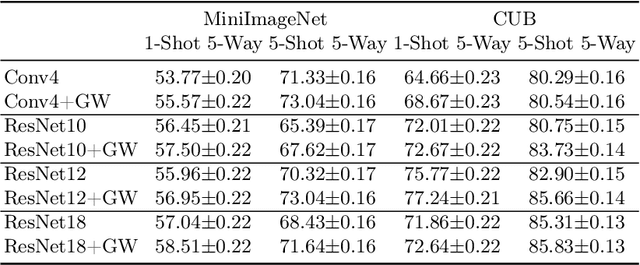
Abstract:Hyperbolic representations have shown remarkable efficacy in modeling inherent hierarchies and complexities within data structures. Hyperbolic neural networks have been commonly applied for learning such representations from data, but they often fall short in preserving the geometric structures of the original feature spaces. In response to this challenge, our work applies the Gromov-Wasserstein (GW) distance as a novel regularization mechanism within hyperbolic neural networks. The GW distance quantifies how well the original data structure is maintained after embedding the data in a hyperbolic space. Specifically, we explicitly treat the layers of the hyperbolic neural networks as a transport map and calculate the GW distance accordingly. We validate that the GW distance computed based on a training set well approximates the GW distance of the underlying data distribution. Our approach demonstrates consistent enhancements over current state-of-the-art methods across various tasks, including few-shot image classification, as well as semi-supervised graph link prediction and node classification.
 Add to Chrome
Add to Chrome Add to Firefox
Add to Firefox Add to Edge
Add to Edge